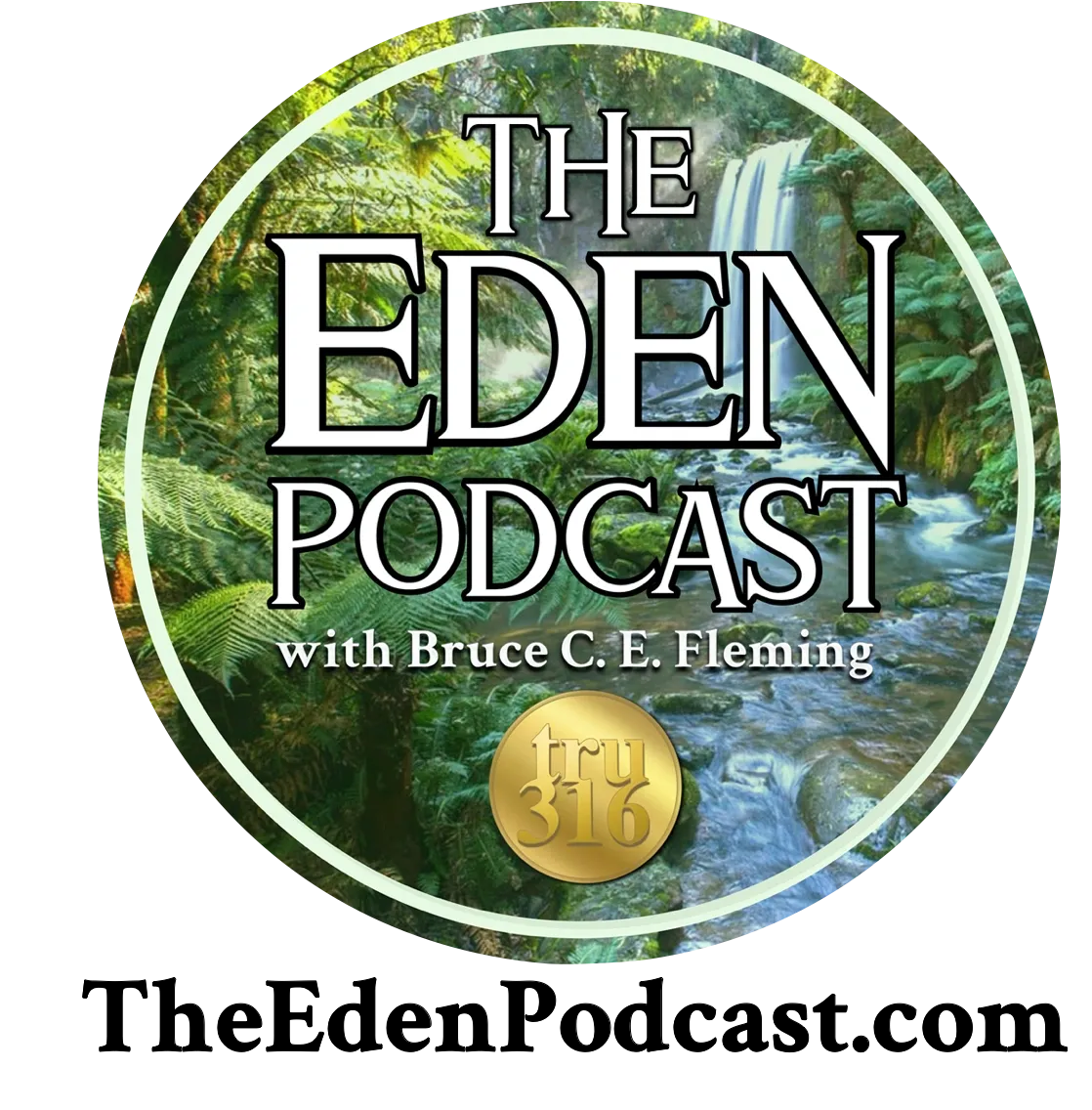
Season Three, Episode 3. 1 Timothy 2:1-7
Dealing with Earthly Authorities
Study Guide for The Eden Podcast
by Bruce C. E. Fleming
Many commentators and theologians can’t understand how the first seven verses in 1 Timothy 2 fit into the structure of Paul’s letter.
Why so much trouble? They have missed the literary context of these verses. They have missed the continuing development of Paul’s thought through each of his three sins and here in his discussion of his second sin.
The first seven verses in 1 Timothy 2 are Paul’s discussion of his second sin, that of being an official who persecuted the church. Paul knew all about officials who could wreak havoc on the church. These seven verses track closely Paul’s own past:
– when he persecuted the church
– when he was converted
– when he ceased persecuting the church.
Exercise #1: Trace the parallelism in 1 Timothy 2:2-4.
Paul introduces this section on his second sin, that of being a persecutor of believers in Jesus with this encompassing statement: “I urge that supplications, prayers, intercessions, and thanksgivings be made for all.”
1. On the parallelism arc, write in the verses:
A = 2:2a, B = 2:2b, B’=2:3, A’=2:4
2. The key idea for Paul’s parallelism is stated and restated in the middle of the pattern, in B and B’ located in the second part of verse 2 and in verse 3. State the key idea (2:2b-3):
_________________________________________________________________
3. The wrapper, or the A, A’ idea, of the parallelism is found in the first part of verse 2 and in verse 4. State the wrapper (2:2a and 2:4):
_________________________________________________________________
Exercise #2: Relate Paul’s parallelism in 1 Timothy 2:2-4 to Paul’s second stated sin.
1. a. From 1 Timothy 1:13, state Paul’s second sin.
b. According to 1 Timothy 1:13-16, how God did God deal with Paul in this sin?
c. Following Paul’s dramatic conversion, what was the result for the church, as noted in Acts 9:31?
2. a. Who are the potential and actual persecutors of the church, according to Paul’s
parallelism (found in the wrapper)?
b. How is this illustrated in Acts 19:23-24?
3. According to the key idea in Paul’s parallelism, what is the result he hopes for, for the church and for the church’s persecutors?
Exercise #3: Looking Ahead. Relate Paul’s instruction to his third stated sin.
1 Timothy 2:8 is the beginning of the third section of Paul’s advice to Timothy. Paul’s third sin was that of being a disrupter of the church.
This is the longest section of the three sections in 1 Timothy 1:18-3:16. This section has its turning point in 3:1 where people meet Jesus, “the faithful Word.”
Paul takes up the topic of correcting not all the overseers in the church at Ephesus. He focuses on those among the overseers who were going astray, those who were teaching and acting incorrectly and disrupting the church.
1. a. From 1 Timothy 1:13, state Paul’s third sin. How does it compare with the sins
surrounding it in Romans 1:30?
b. How do other Bible versions translate the Greek word for Paul’s sin?
2. a. According to Acts 9:1-31, how God did God deal with Paul in this sin? (For further
study, see Acts 22:6-16 and Acts 26:12-23.)
b. What did Paul say was the ultimate result for himself, in 1 Timothy 1:1 and 1:12?
3. Because the strong Greek word for Paul’s third sin would not be applied to those who have put their faith in Christ, how does Paul describe the acts of those in 1 Timothy 2:8-15 without using this label?
Links to resources for further research.
1. The Book of Eden, Genesis 2-3 (https://amzn.to/2W5kJcv)
2. Audible audiobook version of The Book of Eden (https://adbl.co/3hUOGVg)
3. Support the Tru316 Project! (https://bit.ly/3kIzcoX)
4. Podcast weblinks: www.TheEdenPodcast.com or www.Tru316.com

